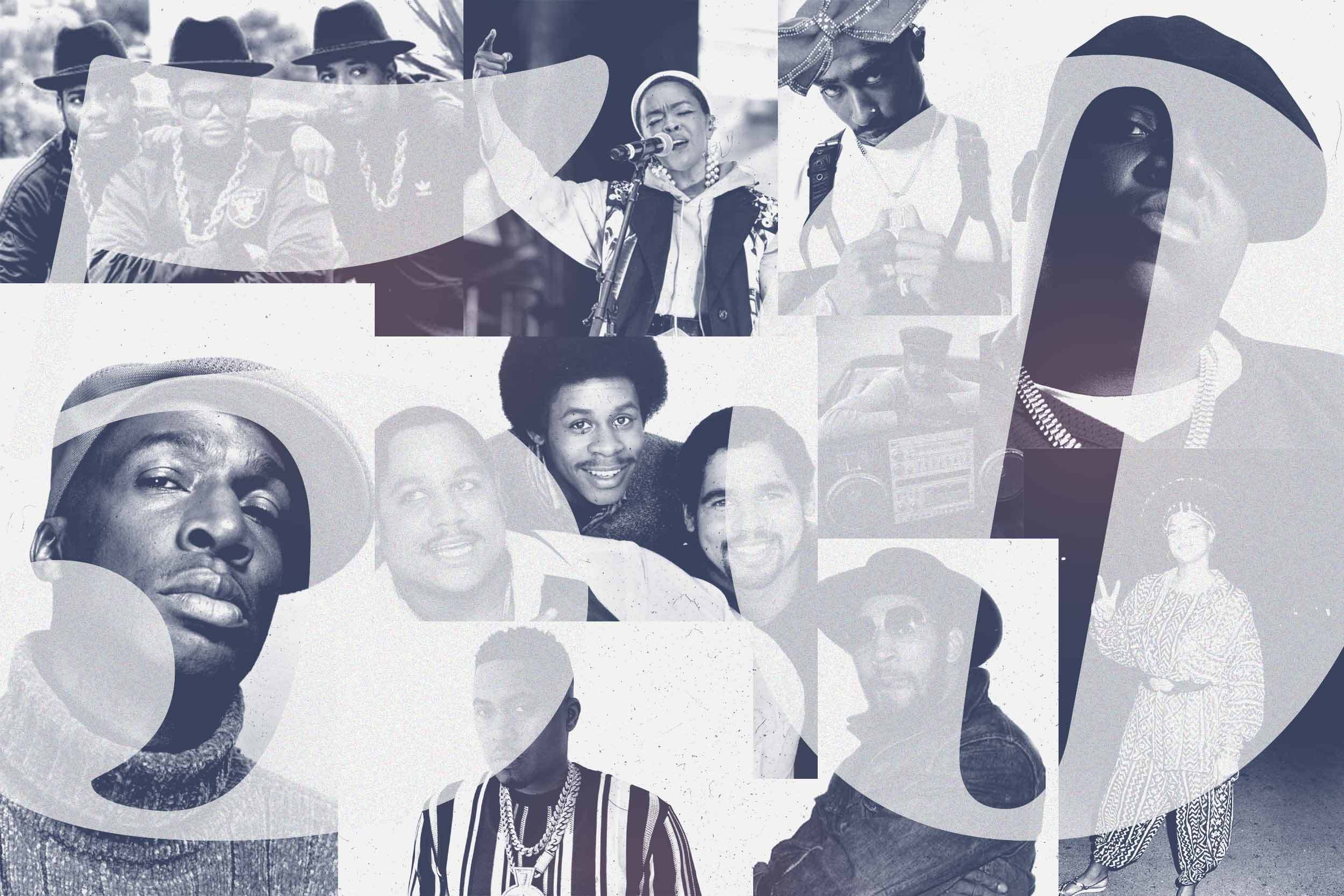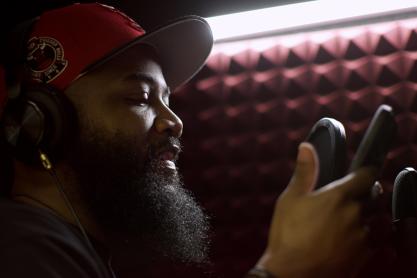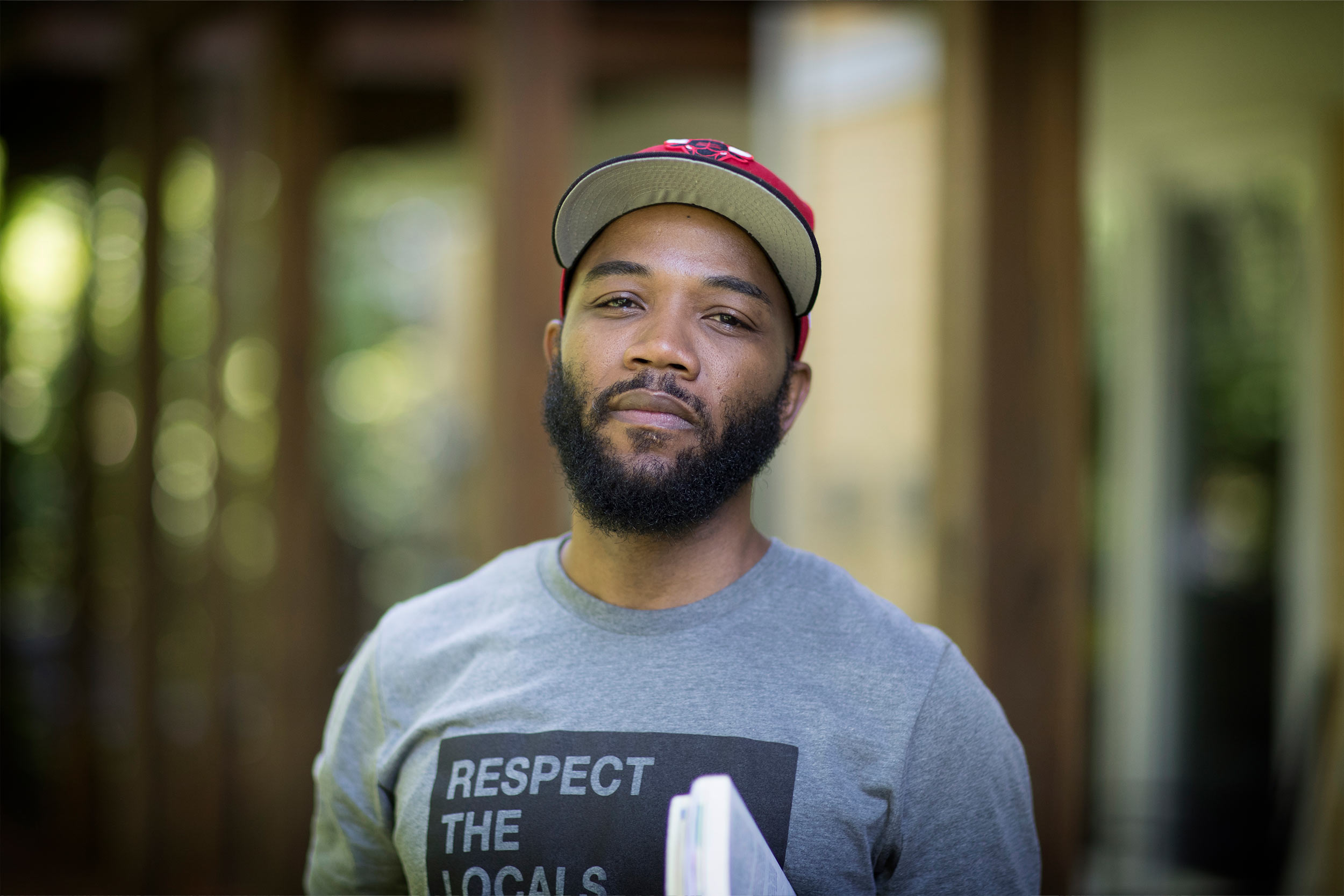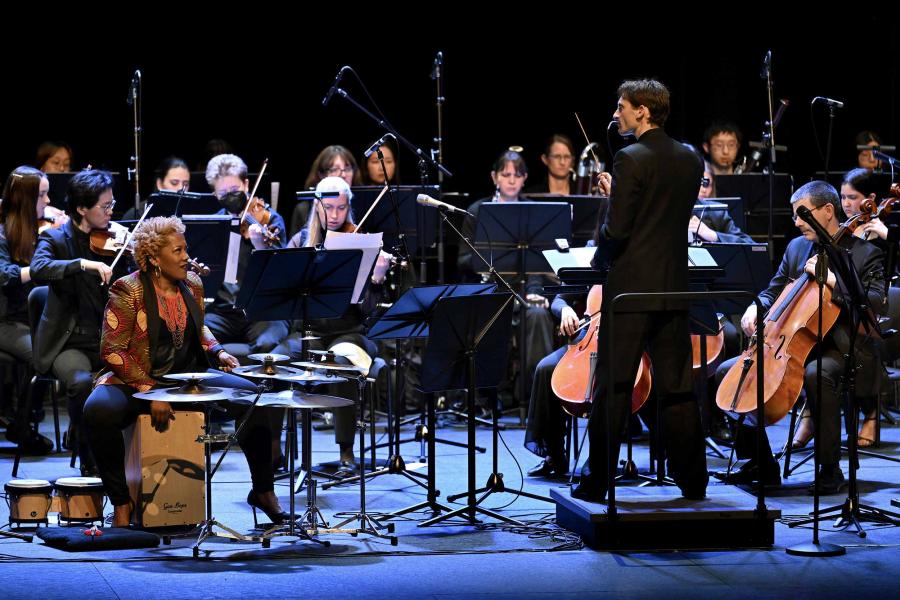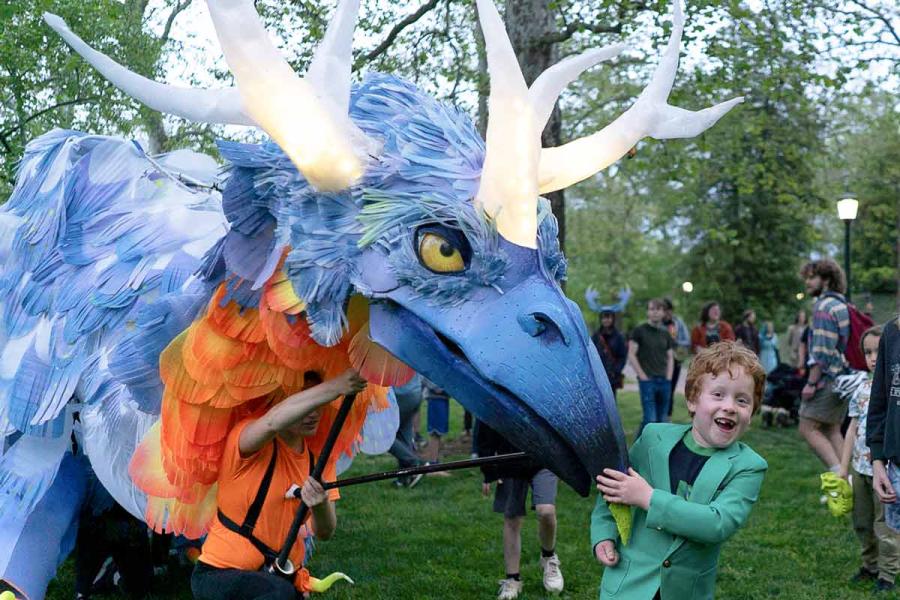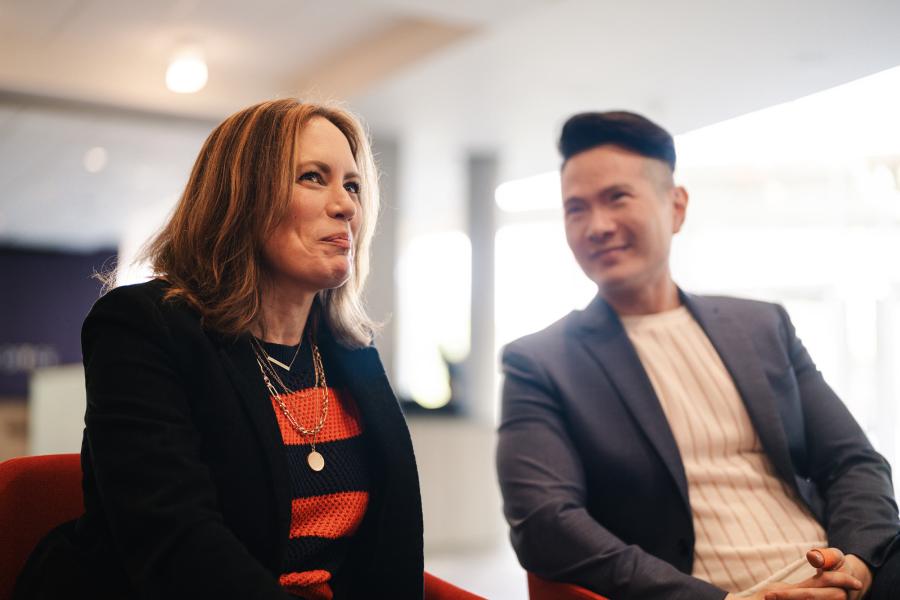The Origins of Hip-Hop
Few genres of music have origins that can be traced back to an exact day. Hip-hop does.
On Aug. 11, 1973, Clive Campbell threw a back-to-school party with his sister Cindy in an apartment building on Sedgwick Avenue in the Bronx. Partygoers danced to the familiar tunes of James Brown and Aretha Franklin, until Campbell – now better known as DJ Kool Herc – began to play two copies of the same record, looping the percussive sections of the song to maintain the beat. Hip-hop had been born.
“It was a wild confluence of events,” Carson said.
The new style of music took off in New York City, becoming the soundtrack for all kinds of parties and celebrations. Born in low-income Black and Brown neighborhoods, the genre remained in the margins for several years, despite a flurry of artistic activity.
The Sugar Hill Gang recorded “Rapper’s Delight,” which experts and musicians consider the first commercial recording of a rap song, in 1979. It wasn’t until the early ’90s that musicians like Vanilla Ice and N.W.A. reached the top of the charts.
Still, the genre’s history doesn’t begin “when a song charted,” Carson said.
Though rap and hip-hop are often used interchangeably, not all hip-hop songs have someone rhyming over the beat. Rap wasn’t always the most prominent aspect of hip-hop. That came later, he said.
In fact, hip-hop is more than just a kind of music.
“Some people see it and may think ‘dance,’ some people see it and may think ‘production,’ some people see it and may think ‘DJing,’” Carson said. “That’s because hip-hop is a culture and encompasses all of those things.”
It even includes graffiti, one of the first aspects of hip-hop culture to gain widespread attention. Today, though, most people associate hip-hop with rap music.
Hip-Hop’s Evolution
Hip-hop has changed considerably since DJ Kool Herc’s back-to-school party, even though it is a relatively young genre.
“Fifty years is a long time, but it’s also a really short time,” Carson said.
Though Billboard reports that hip-hop is the most popular music genre in the world, Carson said it continues to be marginalized in some ways. When some people hear the word “rapper,” they may associate it with poverty and crime, leading to rappers being scapegoated, Carson said. He must consider those associations himself when he decides whether to introduce himself as a rapper, a professor, or both.
Nevertheless, hip-hop’s predominance is undeniable. It’s spread from the South Bronx to Los Angeles, Atlanta, Houston, Chicago and abroad. Even the fact that UVA has a faculty member dedicated to teaching hip-hop points to the music’s significance.
“So much of academia has been exclusionary of the practice of hip-hop,” Carson said. “For there to be now an associate professor of hip-hop at a place like the University of Virginia … what does that portend for hip-hop in academia?”
